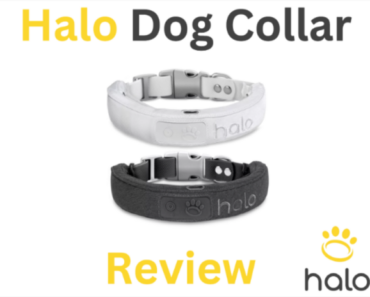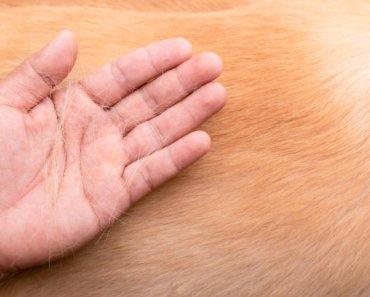Senior dog care looks different than it does for puppies and adults. Depending on their size and breed, a dog’s golden years may begin when they’re eight years old. It’s important to adapt their care accordingly to ensure older dogs are happy and comfortable in their senior years. Here are six tips about how to care for a senior dog.
1. Schedule Regular Veterinary Visits
Regular check-ups are essential for any dog, especially seniors. Your veterinarian will likely want to see your pup more frequently so they can identify problems early and provide appropriate treatment. They may also recommend certain tests or screenings to monitor your dog’s health.
2. Look Out for Loss of Appetite
As dogs age, their sense of smell may decrease, which can lead to appetite loss. However, not eating can also be a sign of other health issues, so contact your veterinarian if you notice a decrease in appetite.
3. Diet, Exercise, Water, Repeat
A healthy diet and regular exercise are critical parts of senior dog care. Older dogs can become less active and gain weight if they continue to eat the same as before. Make sure your senior dog gets the right balance of nutrition and physical exercise. Pay attention to water intake as well—changes in water consumption can indicate disease. It’s a good idea to reassess your pet’s dietary needs with your veterinarian regularly and whenever changes in exercise, water intake, or body condition occur.
4. Prioritize Dental Care
Preventive dental care, such as brushing your dog’s teeth, regular oral exams, and veterinary dental cleanings, can help keep your senior dog healthy and provide early detection for serious conditions. Gum disease is of particular concern because it can allow bacteria to enter the dog’s bloodstream, leading to infections in the heart or other organs. Regular teeth cleaning and check-ups can help prevent so much more than bad breath. February is National Pet Dental Health Month and a great time to make dental care a priority.
5. Consistently Assess for Quality of Life
Monitoring your dog’s quality of life includes assessing their mobility, dignity, and overall happiness. Many devices can improve age-related quality-of-life issues, including:
- Anti-slip grips and pads
- Raised food and water bowls
- Specialized harnesses
If you notice a decline in your dog’s mobility or overall demeanor, talk to your veterinarian to determine if there are possible solutions. There are also quality-of-life assessment tools you can use.
6. Making the Compassionate Choice When the Time Is Right
If your dog is suffering and there is no hope for a path forward, it may be time to give the gift of a peaceful passing. One option for euthanasia is at your veterinarian’s clinic; most vet hospitals allow families to be present during the process. Another option is in-home pet euthanasia, where the veterinarian comes to your home. Grief support groups are available for pet parents who must say goodbye to a dog.
Senior dog care can be challenging. But you can help your furry friend be happy and comfortable in their golden years with regular veterinary check-ups, healthy diet and exercise, and preventive care. Routinely assessing your dog’s quality of life will help you know when it’s time to make the compassionate choice and ensure your senior dog has the best possible life.




























